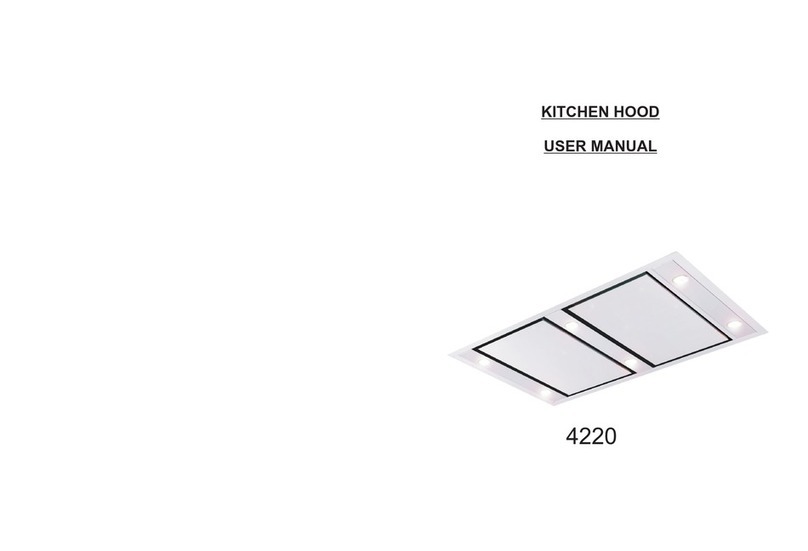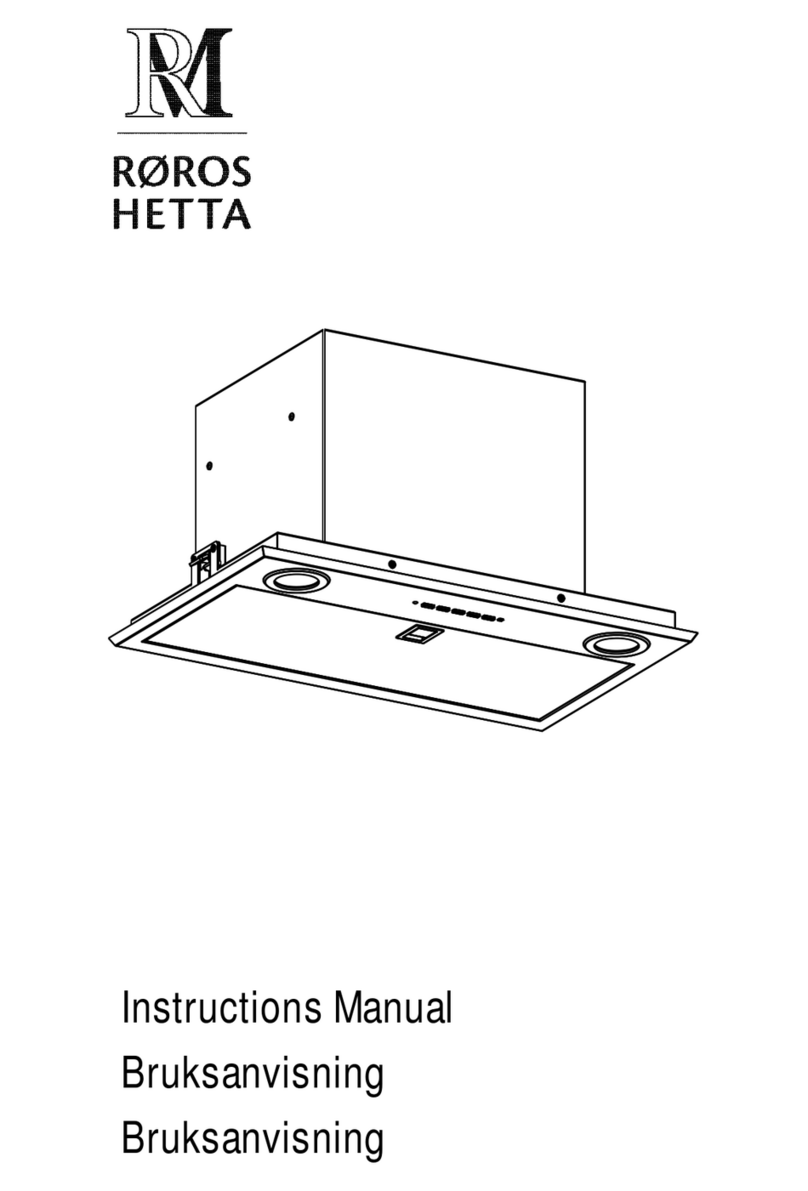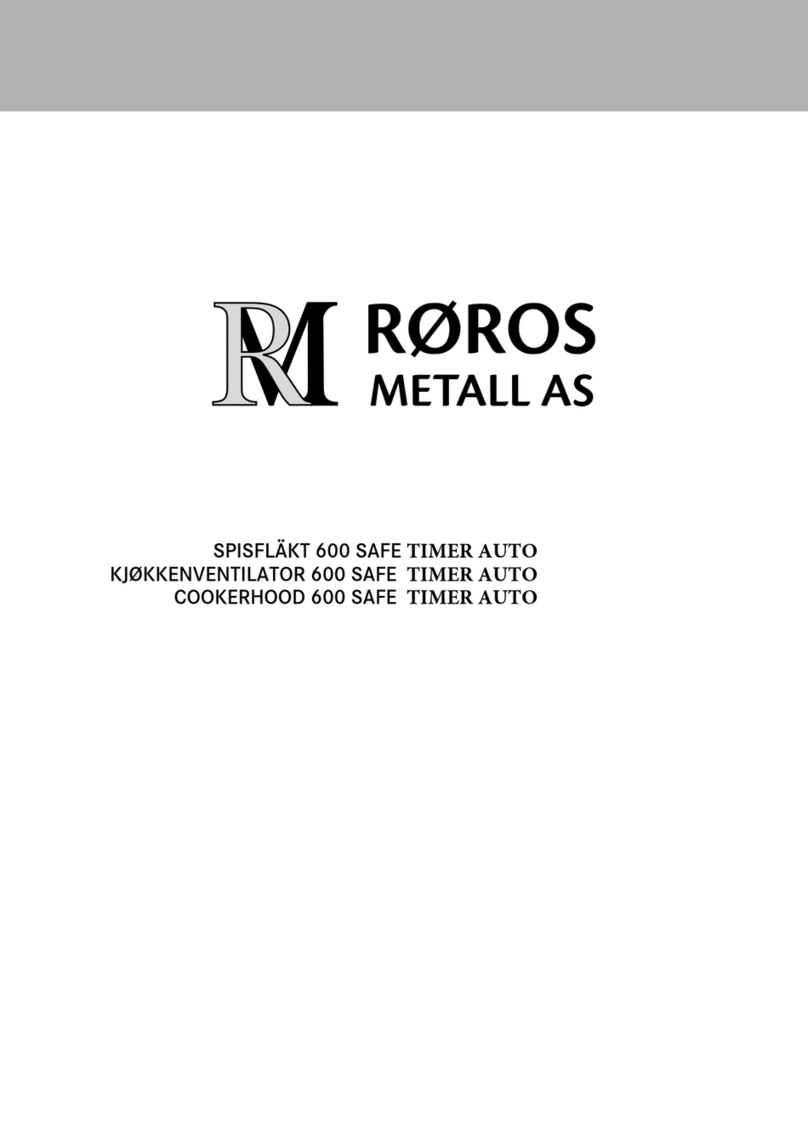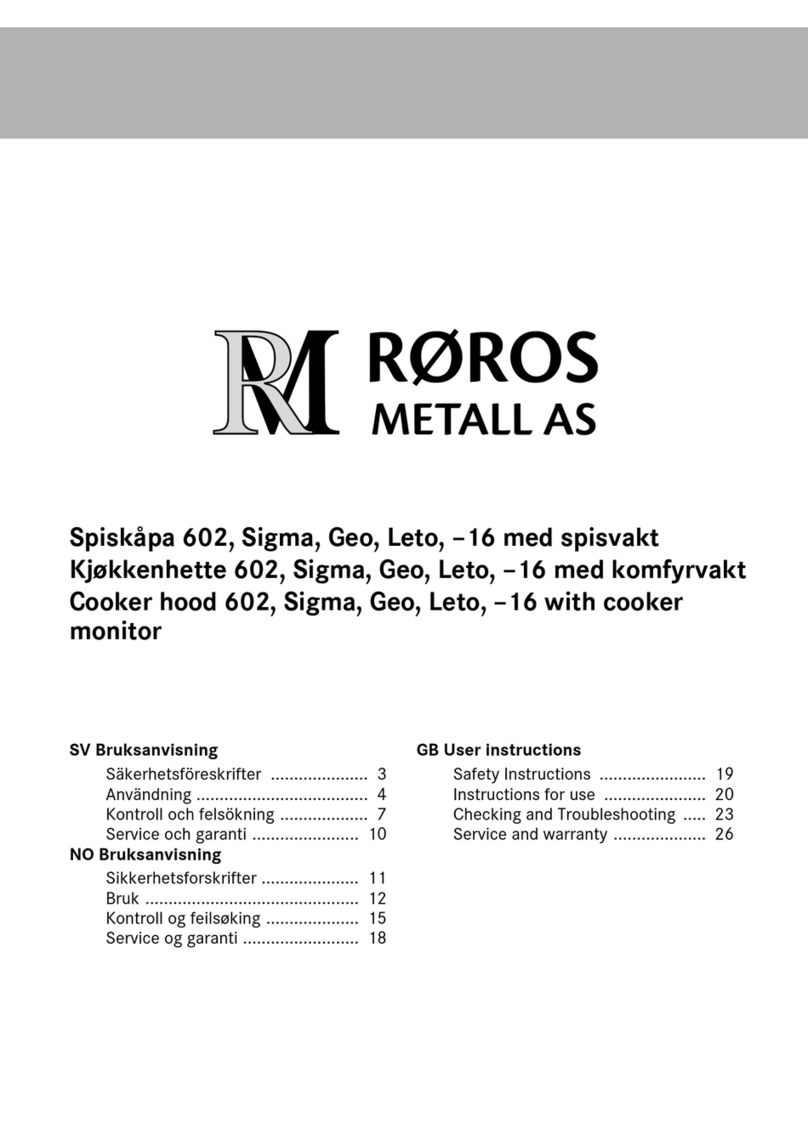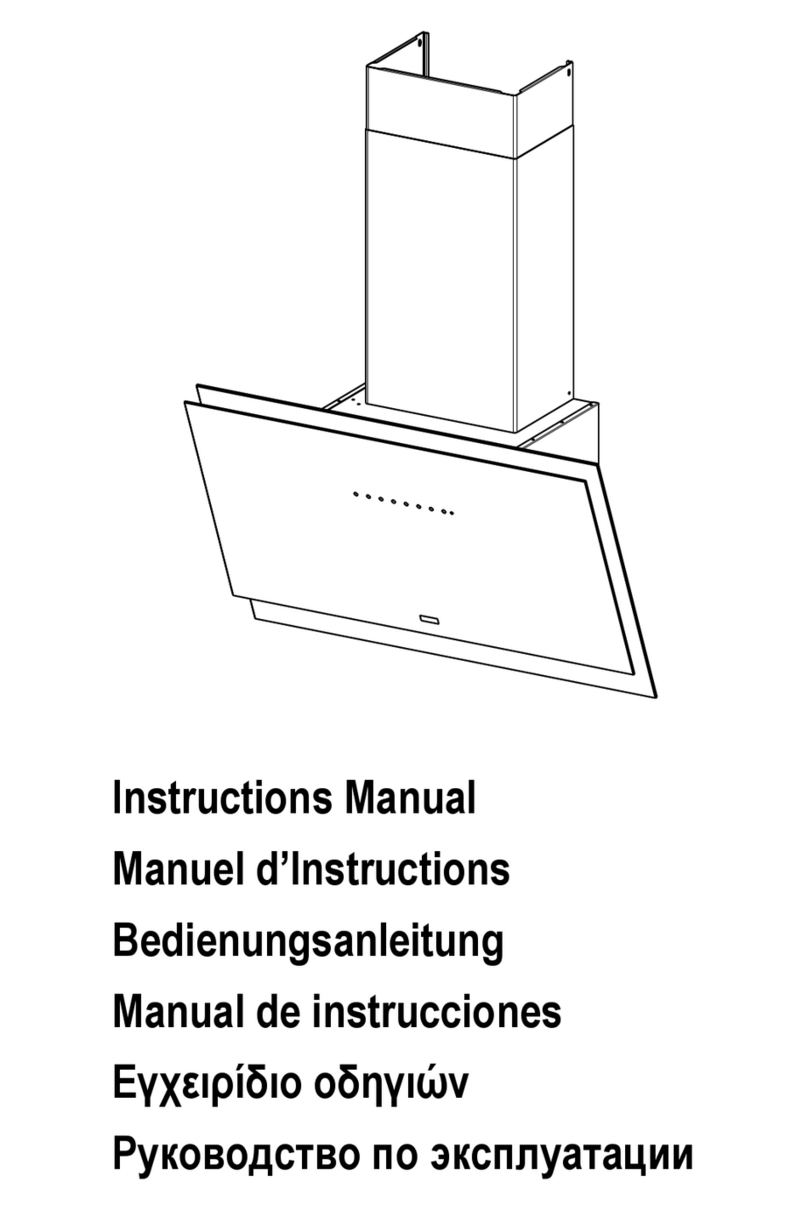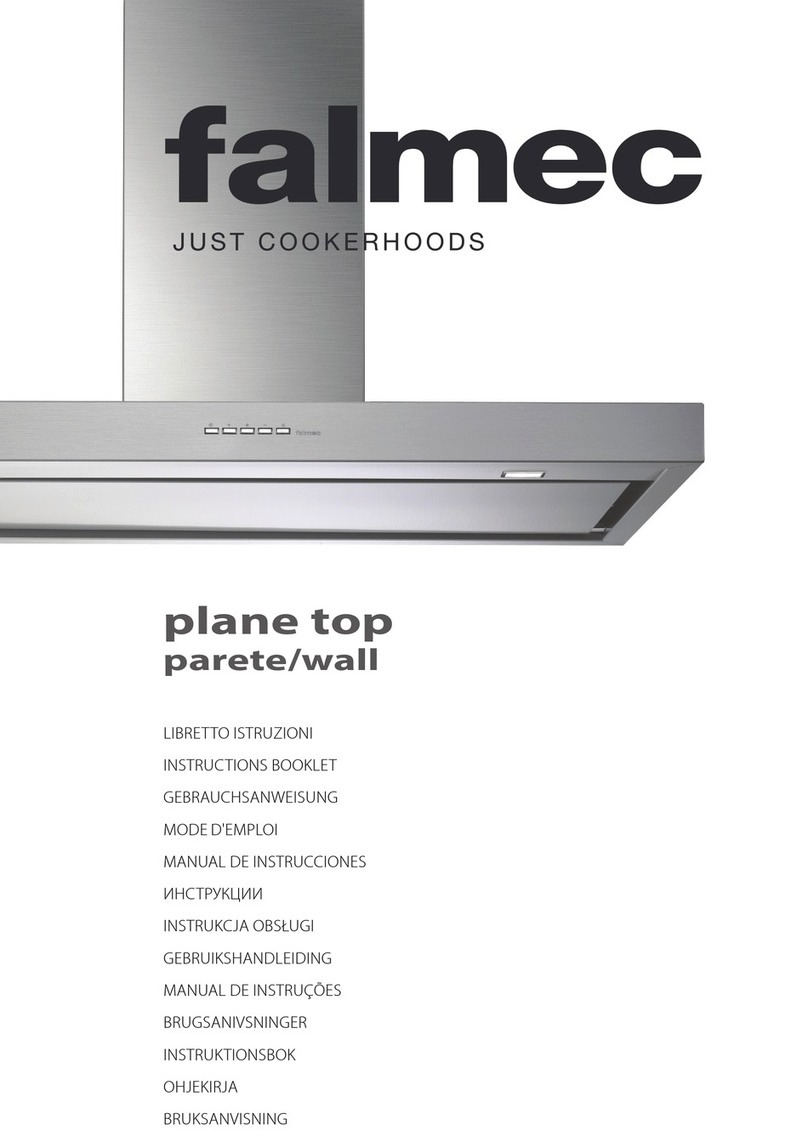Roros Metall ROROS HETTA Cetus Operating manual

User -and installation manual
Warning! Before proceeding with installation, read the
recommendation and suggestion in the user manual.
Cetus
Wall

Before starting the installation, please check the
product for transportation damages. All queries
regarding installation and product info, please contact
www.roroshetta.uk or tel. +47 72 40 94 00, or E-Mail:
support@roroshetta.no
Fig. 1. Fig. 2.

Hood installation height
The distance above gas stoves must be min. 75 cm. This is due to the fire
hazard. Otherwise, it is recommended between 65-75 cm, depending on the
model and the height of the individuals living in the household. The lower
the hood is above the cooktop, the more efficient the capturing of cooking
odours, grease and smoke.
Assembly instruction
Step 1:
Determine where the hood is to be mounted.
Step 2:
Fix the attached screws 30 mm below the top of the hood (See figure 2).
Step 3:
Make the necessary preparation for assembly of the ventilation duct.
Step 4:
Mount the hood on the two screws and fix the additional screws.
Use the attached mounting bracket to mount the chimney (See figure 2).
Bend the bracket in half, to adapt to the width of chimney.
Step 5:
Connect the duct to the built-in unit with a hose clamp,
before
installing it
into the hood. (Fig. 3)
Step 6:
Install the built-in unit into the hood. Be
careful
not to make any scratches in
the bottom plate. See separate user -and installation manual for built-in unit.
Charcoal filter (option) is not delivered with the hood, and if necessarily
needs to be ordered separately. (Article number RM 9250).
See built-in unit manual for installation of charcoal filter.
Scan the QR-Code for installation video
Fig. 3

1. GENERAL INFORMATION
• Please read these operating instructions carefully. They contain
information about installation, operation, safety and maintenance you
need to take into consideration.
• Check the condition of the hood and the installation material before
installing. Carefully remove the hood from the packaging. Be careful
not to use sharp knives to open the box.
• Please keep these instructions to pass on to future users.
• Disposal of transport packaging and old appliance. Your new appliance
has been sent to you in protective packaging. All utilized materials are
environmentally safe and recyclable. Please help us by disposing the
packaging in an environmentally friendly manner.
• Old appliances have valuable raw materials which can be reclaimed by
recycling old appliances. This appliance is identified according to the
European Directive 2002/96/EC on waste electrical and electronic
equipment. Please ask your dealer or inquire at your local authority
about current means of disposal.
2. SAFETY
2.1 Precautions before using
• Do not change or alter the appliance.
• The appliance must be grounded and connected according to local
standards.
• Do not use any extension cable to connect it.
2.2 Using the appliance
• When using the hood, there must always be a sufficient, continuous
supply of fresh air in the room. Fresh air can be supplied by opening a
window or outside door slightly, or by installing an inlet grille. No
matter how big the kitchen or the space with the open kitchen, the
amount of air that can be extracted is limited by the amount of air that
can be fed into it. An insufficient air supply can result in a 50% loss of
efficiency or more.
An extractor fan is usually not a major energy consumer. However, an
unnecessarily powerful motor will create a negative pressure in the
room that must be replenished with outside air. This replacement air
must be heated to room temperature. This requires energy. The

important thing is to find the right balance between effective
ventilation and sensible energy consumption.
An insufficient air supply can also cause repercussions in other existing
exhaust channels, such as the flue of a fireplace or other combustion
appliances. This causes a risk of poisonous and combustible gases
being drawn back into the living space. When using the same energy
source, other than electricity, for the hood and devices, the negative
pressure in the room must not exceed 4 Pa (= 0.04 mbar). Under no
circumstances is it allowed to flambé"under the hood.
• Deep frying under the hood is only allowed under constant
supervision.
• In case of fire always switch off the hood.
• Never extinguish burning fat or oil with water. Cover the pot with a
well-fitting lid or a burnblanket.
• This appliance can be used by children aged from 8 years and above
and persons with reduced physical, sensory or mental capabilities or
lack of experience and knowledge if they have been given supervision
or instruction concerning use of the appliance in a safe way and
understand the hazards involved.
• Activate the hood a few minutes prior to cooking.
• Switch the hood off 15 minutes after cooking is finished
• Avoid drafts under the hood surface.
• When cooking make sure pots are positioned properly under the hood
surface.
• When using induction: adapt the intensity of both hob and hood to the
lowest possible level in order to avoid excessive creation of damp
fumes.
•
Attention,
certain accessible parts of the hood can become hot while
cooking.
2.3 Precautions not to damage the appliance
• The mounting instructions describe the correct way of mounting.
Carefully read these instructions.
• Check the distance between the cooking surface and the hood. The
minimum and maximum heights are indicated in the mounting
instructions.
• Never use the hood without the grease filters in order to prevent dirt
and grease from further entering the hood, which will eventually
affect the performance and functioning of the hood.
• Always stay close when you are frying, roasting, grilling or deep-frying.
Overheated oil and fat may- catch fire and damage the hood and
surroundings.

2.4 Pressure loss
The dimension, length and number of bends in the exhaust duct are crucial
to how much of the motor’s capacity you actually utilize. By using a diameter
of 6” (inches) diameter = 150 mm, you will better utilize its capacity. Use
ducts that provides minimum resistance. Avoid bends and use a ventilation
grid with little pressure loss on the outer wall.
3. Cleaning and maintenance
Painted hoods are easily cleaned using warm water and dish soap. The same
applies to brushed metallic hoods.
For stainless steel hoods we recommend steel cleaners, or you can clean
them using a damp and then a dry microfiber cloth.
Never use abrasives on high gloss PVD, but instead use e.g. glass cleaner
with a paper cloth.
The grease filter should be washed regularly each month. All grease filters
may be washed it in the dishwasher. Many filters are made of aluminum and
can therefore get discolored from dishwasher powders. This does not affect
its functionality. See instruction manual for built in unit.
Non-washable charcoal filters should normally be replaced every year. See
instruction manual for built in unit.
Absorption
Absorption is the fan’s ability to sort and capture fumes. All our extractors
capture between 90-99% with a perfect installation. A cooker hood with
good absorption capacity does not require such a large amount of air to
create a good indoor climate. Several of our models have a volume section at
the bottom, which helps to capture fumes even at small air volumes.

Brushless motor – energy efficient and super-quiet
Reducing energy consumption is very important. In our new brushless motor,
a new technology provides a more stable motor speed, which in turn leads to
a significantly reduced noise level. A brushless motor guarantees significant
energy savings combined with high recovery power: -85% power
consumption (kW / hr) at medium-low speeds and -35% consumption (kW /
hr) at high speeds.
LED lights
LED is short for Light Emitting Diode. LED lamps require very little power
and have excellent resistance to impacts and shaking. The LED light bulbs
have a pleasant brightness of approx. 4000 K, and an energy consumption of
3 W. All our cooker hoods are being delivered with LED.
4. Technical problem
In case of technical problems please contact RørosHetta at
• Tel.: 00 47 72 40 94 00 or www.roroshetta.uk

Proudly designed and produced in Norway by:
Stamphusveien 11
NORWAY 7374
RØROS
+47 72 40 94 00
Table of contents
Other Roros Metall Ventilation Hood manuals
Popular Ventilation Hood manuals by other brands
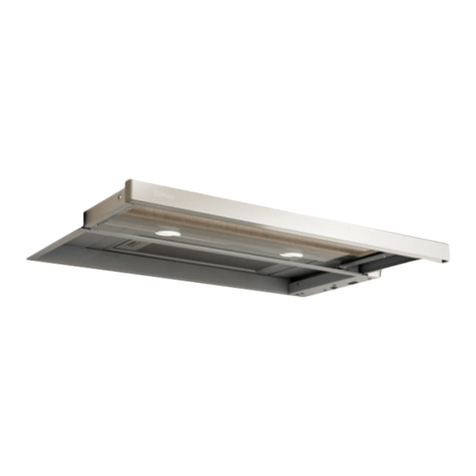
Zephyr
Zephyr Pisa ZPI-E30AG290 Use, care and installation guide

Howdens
Howdens LAM2202 User's installation guide

Electrolux
Electrolux EFT611 user manual
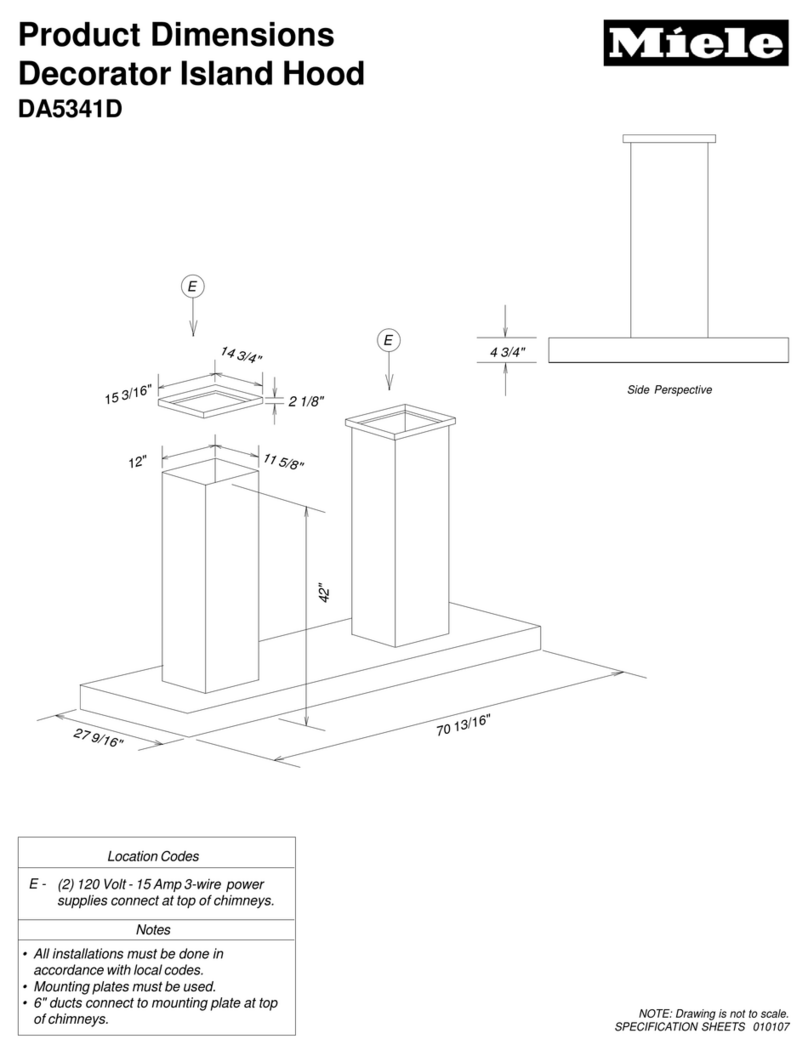
Miele
Miele DA5341D Product dimensions

La Cornue
La Cornue H1LP INSTALLATION, USE AND MAINTENANCE INSTRUCTION MANUAL
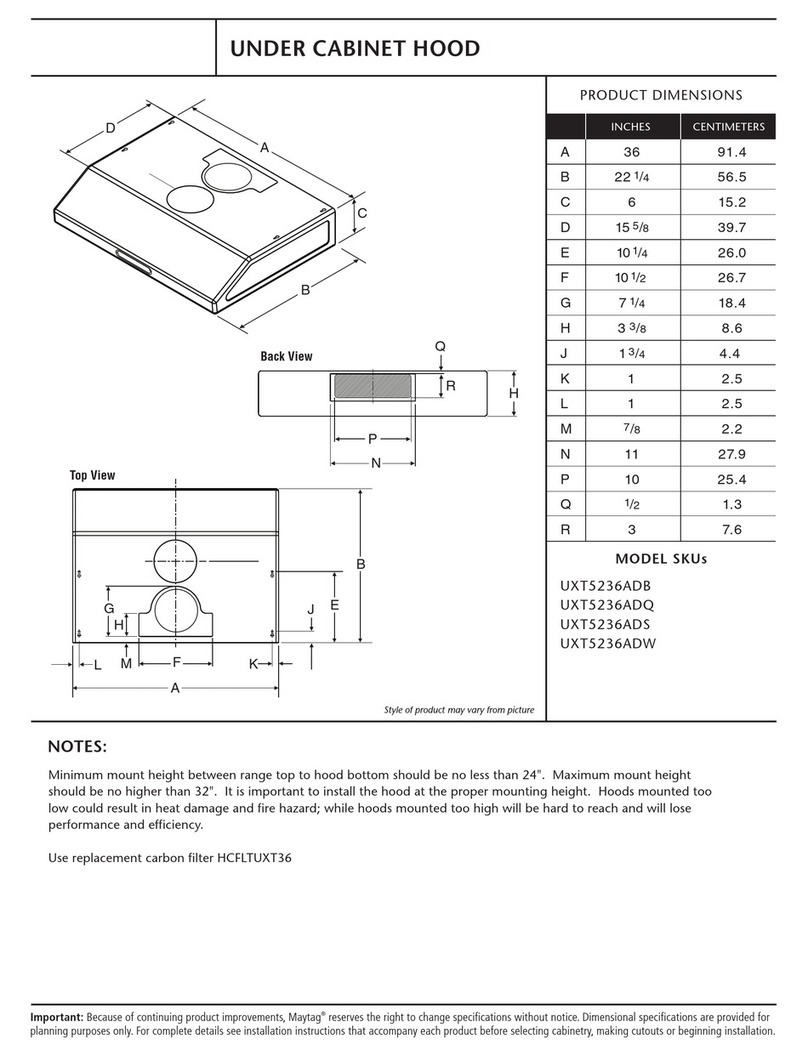
Whirlpool
Whirlpool UXT5236ADB Product dimensions

Pelgrim
Pelgrim PSK970MAT Instructions for use
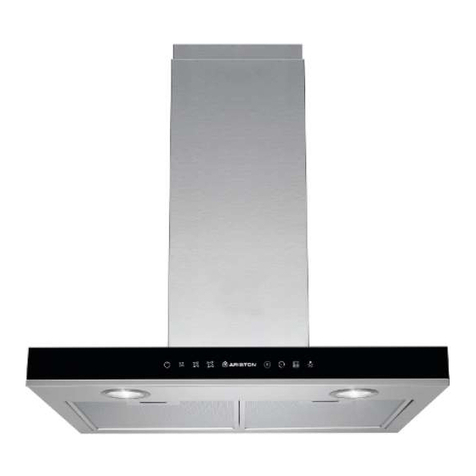
Ariston
Ariston HLB 9.8 LTI X operating instructions

Helios
Helios BK Series Installation and operating instructions
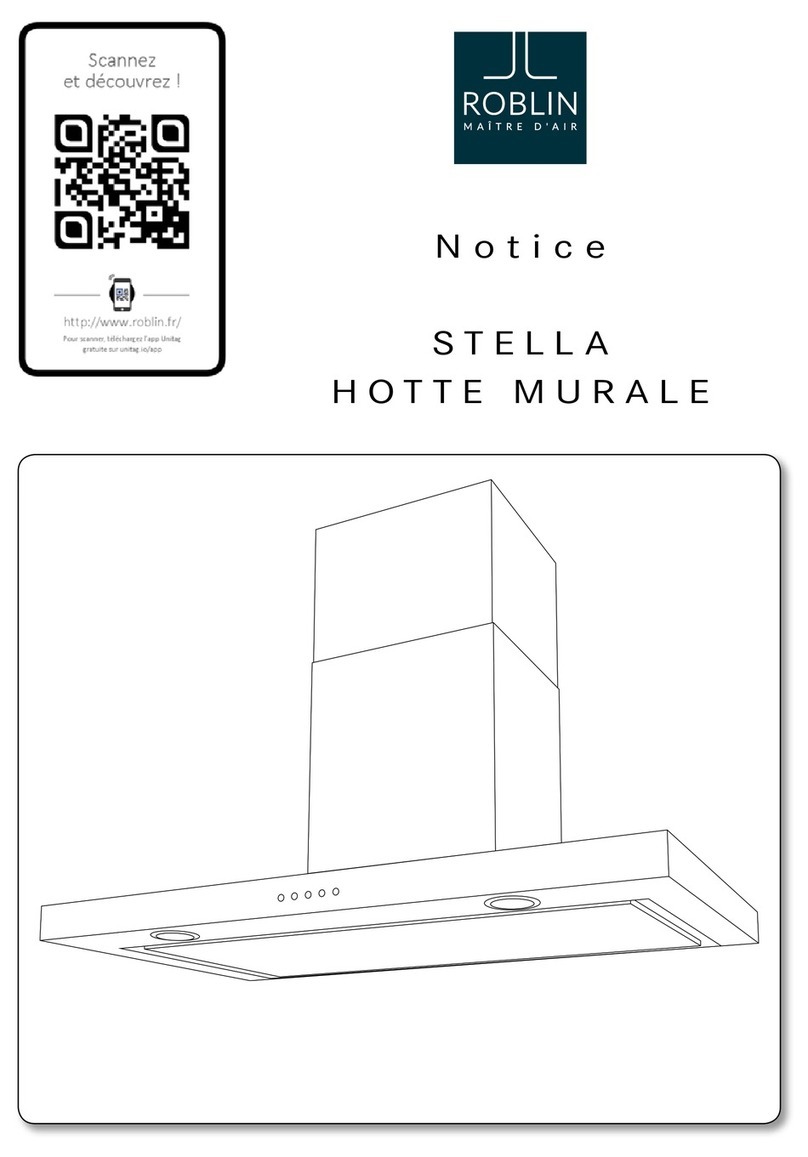
ROBLIN
ROBLIN STELLA manual

Somogyi Elektronic
Somogyi Elektronic home CYCLONE Series instruction manual

Frigidaire
Frigidaire PLHV36W6KC owner's guide
